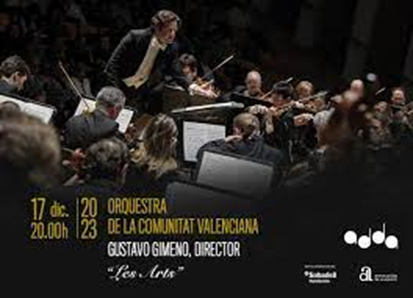Something special was experienced by the ADDA audience last night. On the face of it, the concert was almost conventional, as concerts sometimes can appear on paper. There was to be a Beethoven piano concerto followed by a Richard Strauss tone poem, it all sounded possibly a little run-of-the-mill. But don’t be fooled by appearances. This was undoubtedly something special.
Let’s start
with Beethoven’s Third Piano
Concerto as interpreted by Francesco Piemontesi. As the program notes
underlined, this work was Beethoven’s big
break with the past, at least, as far as his concerto writing was concerned.
This work was not to follow the eighteenth-century model of elegance before
challenge. This third piano concerto of Beethoven has a really symphonic feel.
The dialogue between the soloist and orchestra, contrasts strongly, here
argumentative, here supportive.
And Francesco Piemontesi’s playing, brought out all
the subtleties, without once resorting to gimmick or bravura. What was obvious
from the opening orchestral passage to the work’s end was a sense of
cooperation between the soloist and orchestra, a sense of communication and
sharing, despite, on occasions, the music demanding, strong contrast. Francesco
Piemontesi gave a brilliant performance, topped by a significant encore
The orchestra was the Dresden Philharmonic, under the
baton of Pablo González.
Unusually Pablo González
opened the second half with a short verbal presentation about Richard Strauss’s
Ein Heldenleben. The work is clearly something special in the eyes of Pablo González. He described it as
at least one of the greatest of all musical creations. And he stressed that
this was not the Richard Strauss Don Quixote, although he went on to describe
the piece as surreal and satirical, both of which might apply to the way a
modern mind appreciates Cervantes’s novel.
And the performance was indeed something special. This
is a piece that orchestras often play as if it were a gymnastics exercise. But
here the romanticism and lyricism were stressed, and the music flowed rather
than exploded. Here we had pauses to emphasize transitions, changes in dynamics
that brought out all the textures in this multi-layered work. And we really did
hear all the complexity of the aural colours that this great work projects.
As an encore, Luis Alonso got married again. This
quintessence of popular Spanish music brought the house down.
















